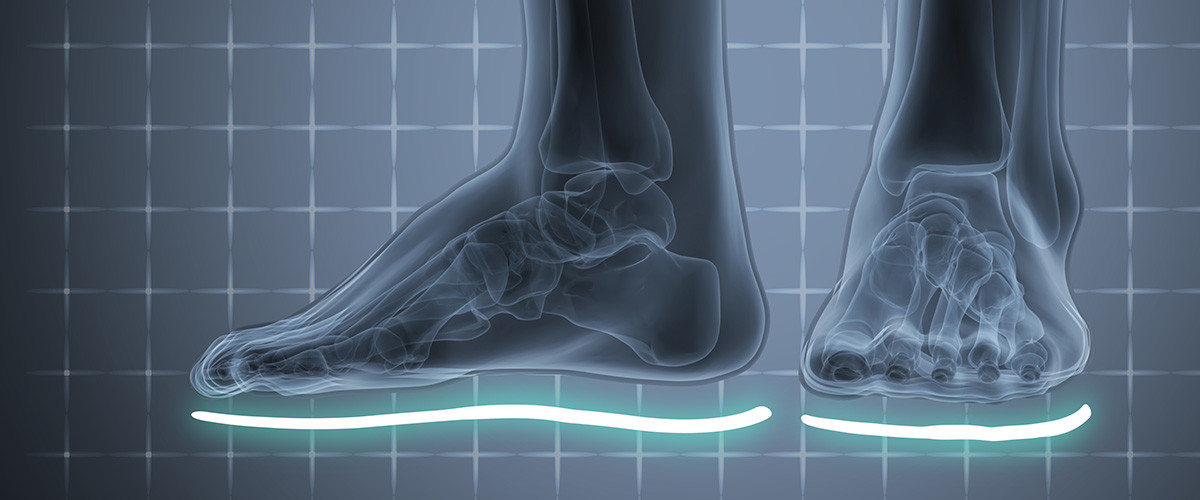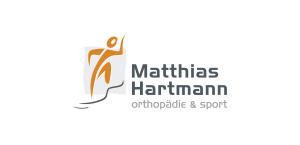
DGUV SECOSOL
TECHNOLOGY - ACTION IN SAFETY




TECHNOLOGY ACTION IN SAFETY
This is a regulation issued by the union of German professional associations and public institutions for insurance against accidents at work. It was subsequently unified with the Austrian Onorm standard.
It is used in cases where a medical examination shows that there is an atypical anatomy of the foot, and that safety footwear needs to be worn.
It therefore becomes compulsory to use specific insoles in safety footwear in order to safeguard the health of the worker, whilst maintaining the safety characteristics required by the EC certification. These insoles must be designed by a chiropodist in cooperation with the orthopaedic authorities. For this purpose, Sixton Peak® collaborates with Hartmann Orthopädie, an important German orthopaedic centre, with branches throughout Germany. So Hartmann Orthopädie examines the situation and suggest the most appropriate insole to use. There are various solutions: generic, designed to overcome the 80% of foot problems, and referred to as Secosol Complete. Otherwise, in some cases an ad hoc, Secosol Bausatz, insole is made using special materials and customized specifically for the person that wears them. The Sixton Peak® safety footwear in which the Secosol and Secosol complete insoles are placed, maintain the safety characteristics for which they were certified in compliance with EN ISO 20345:2011 and EN ISO 20345:2022. They are tested and certified by the appointed certification bodies and therefore also comply with DGUV 112-191 and ONorm requirements.
DGUV 112-191 is often required and highly regarded in Germany and Austria, but is also beginning to be recognised in the rest of Europe.
